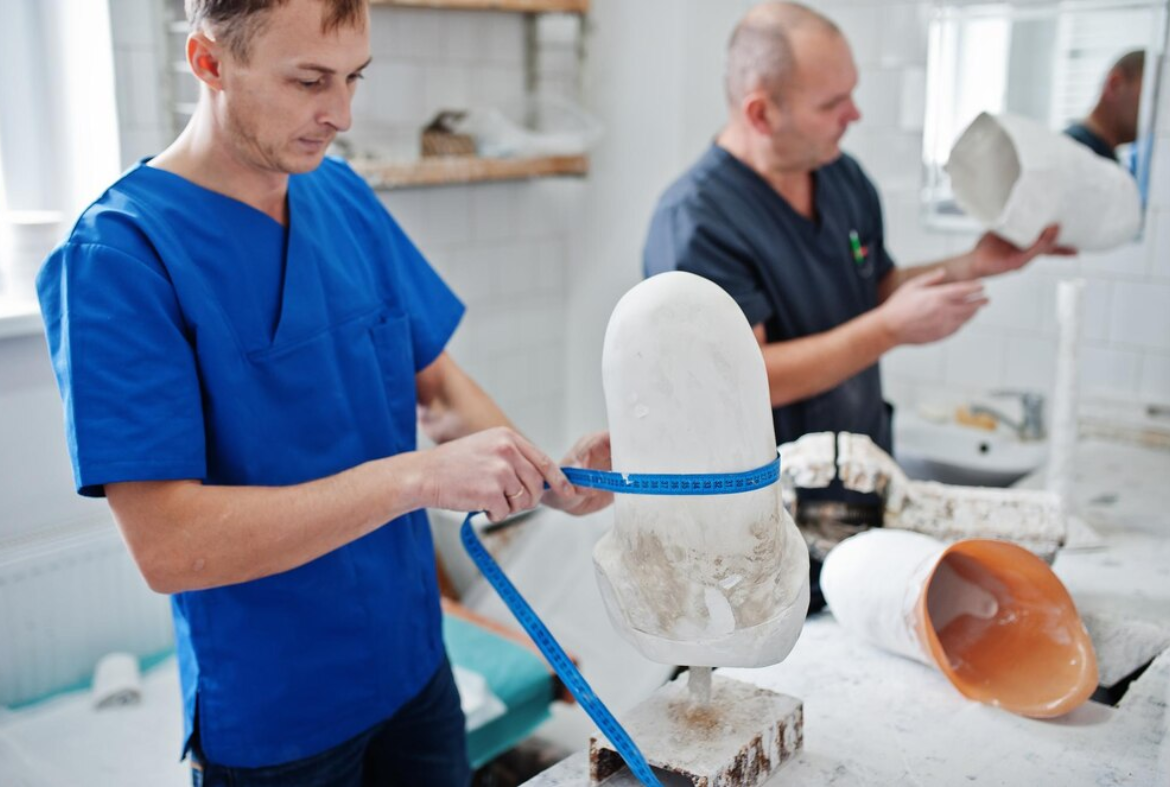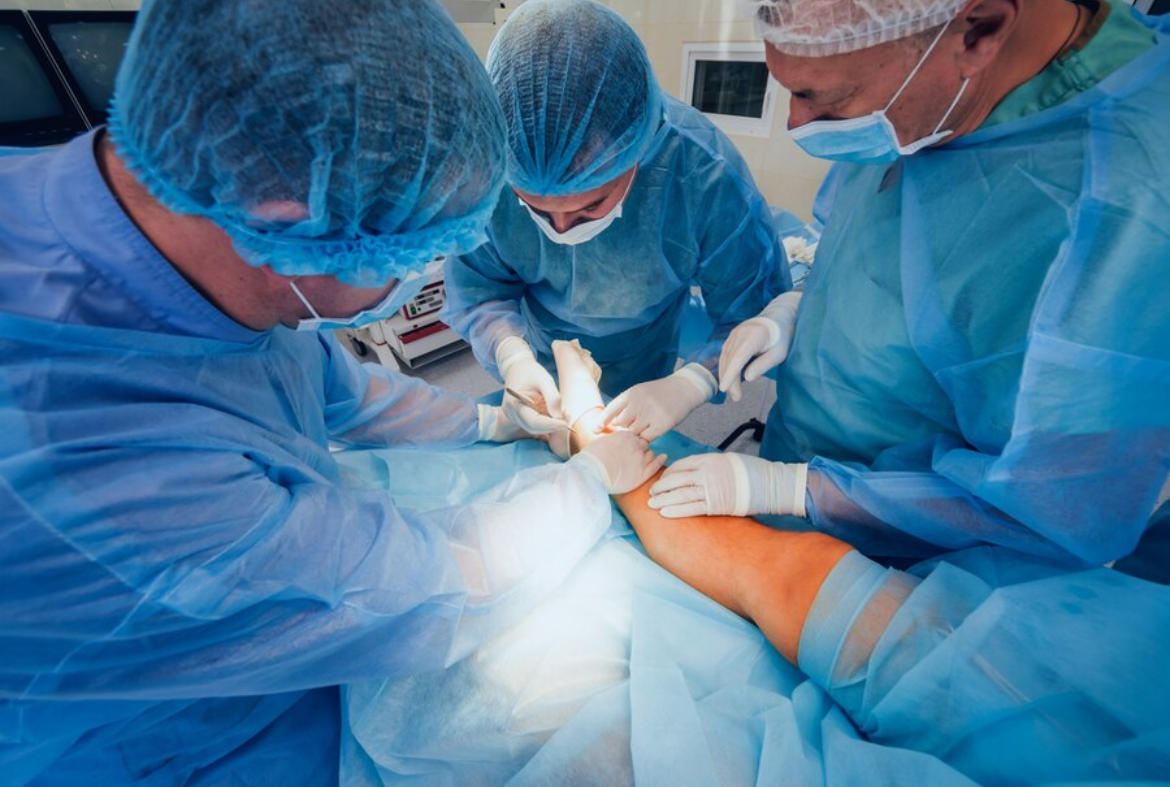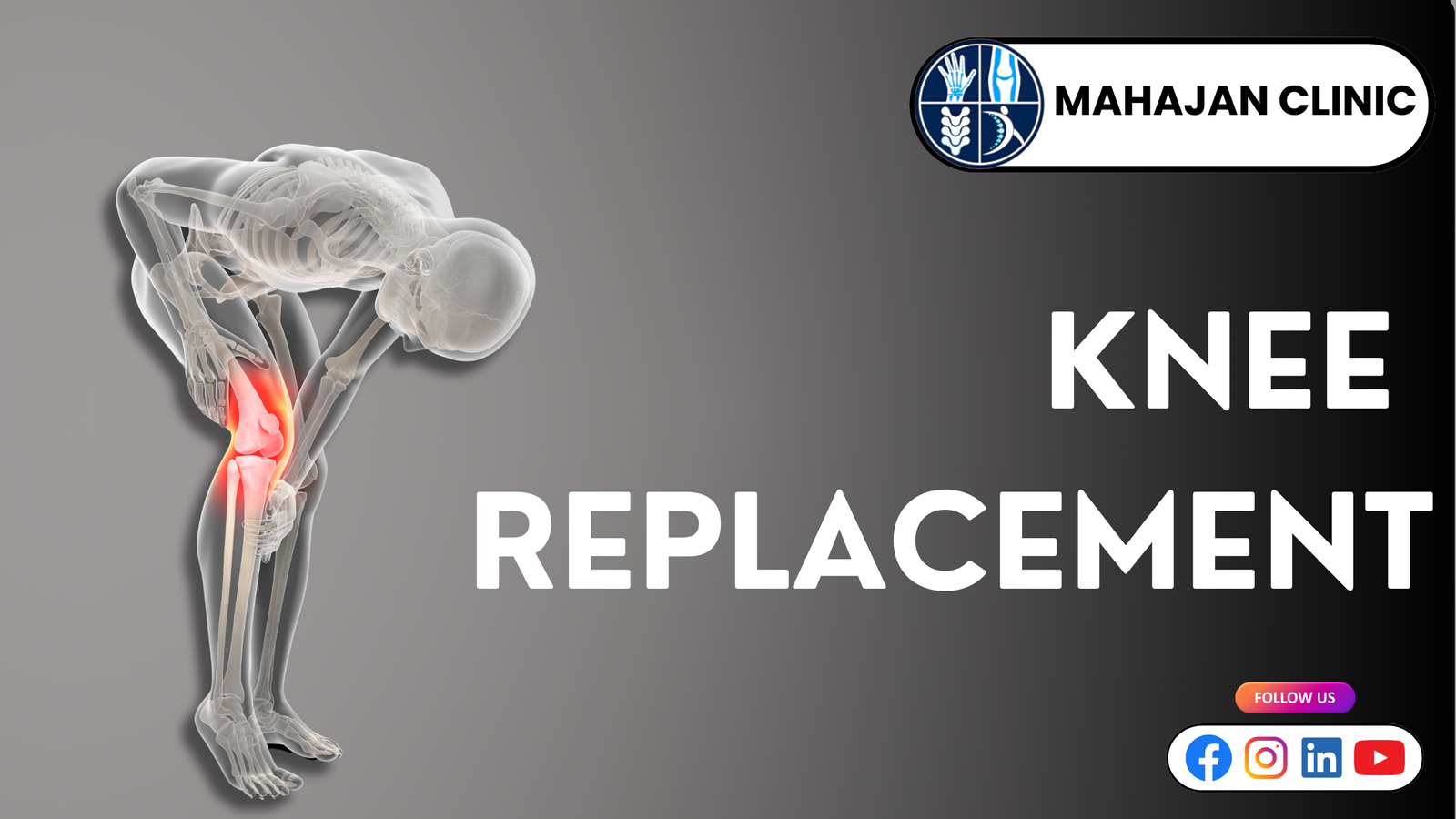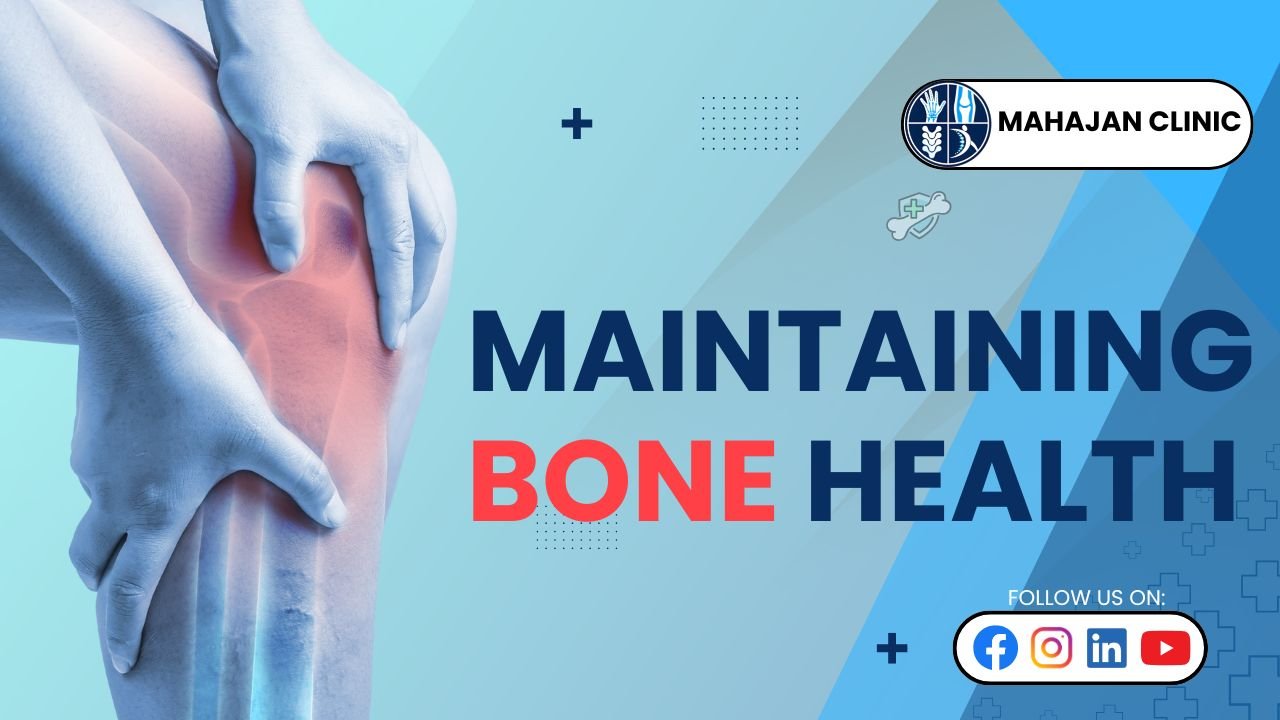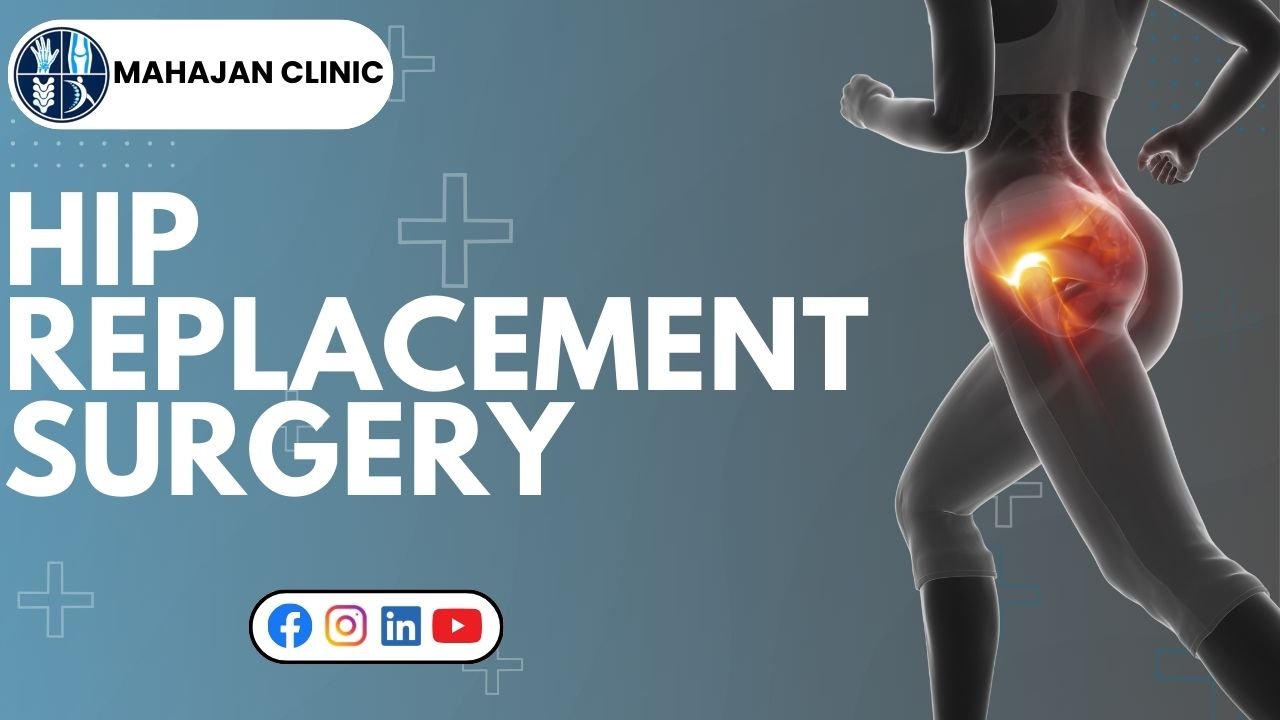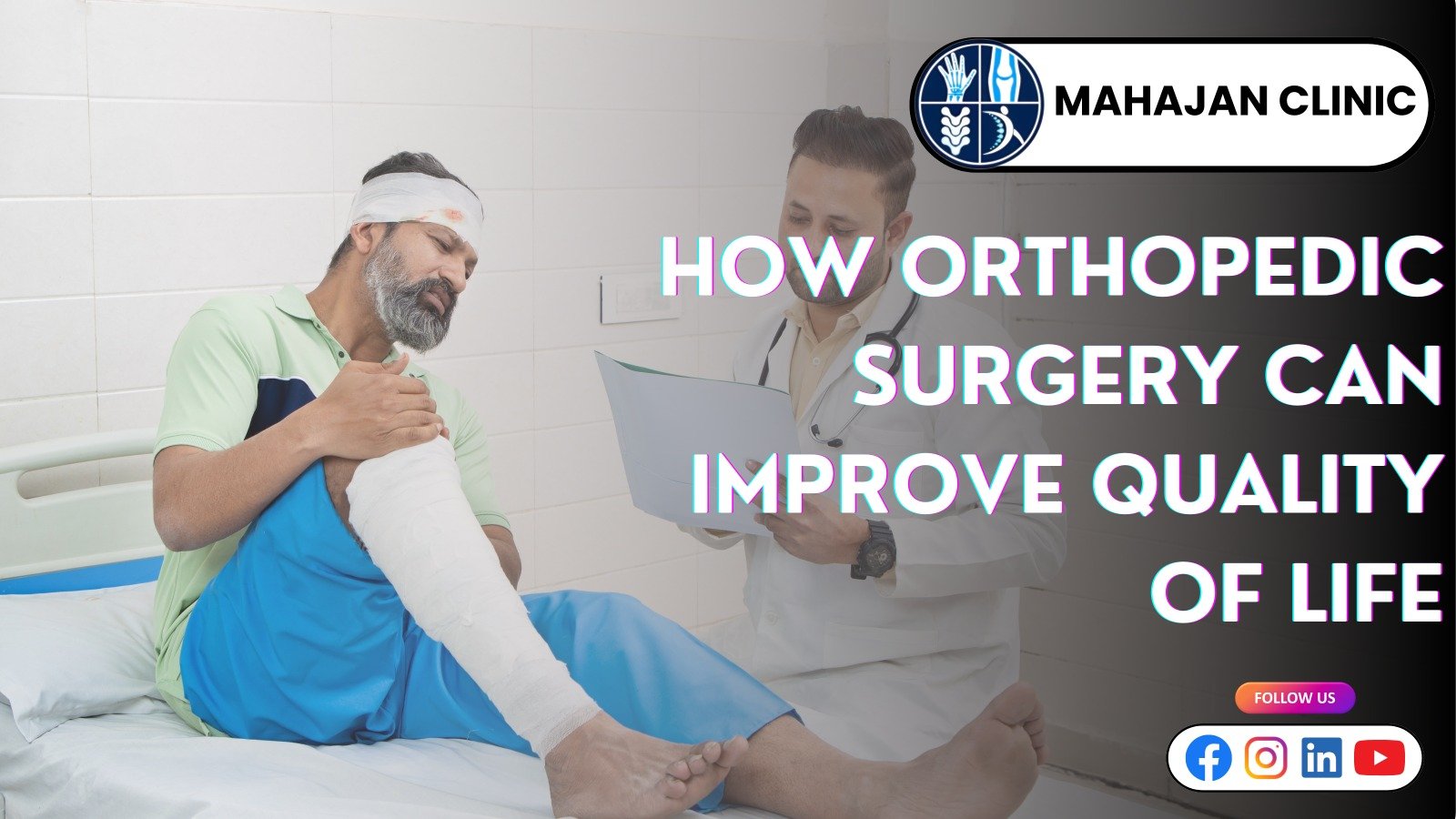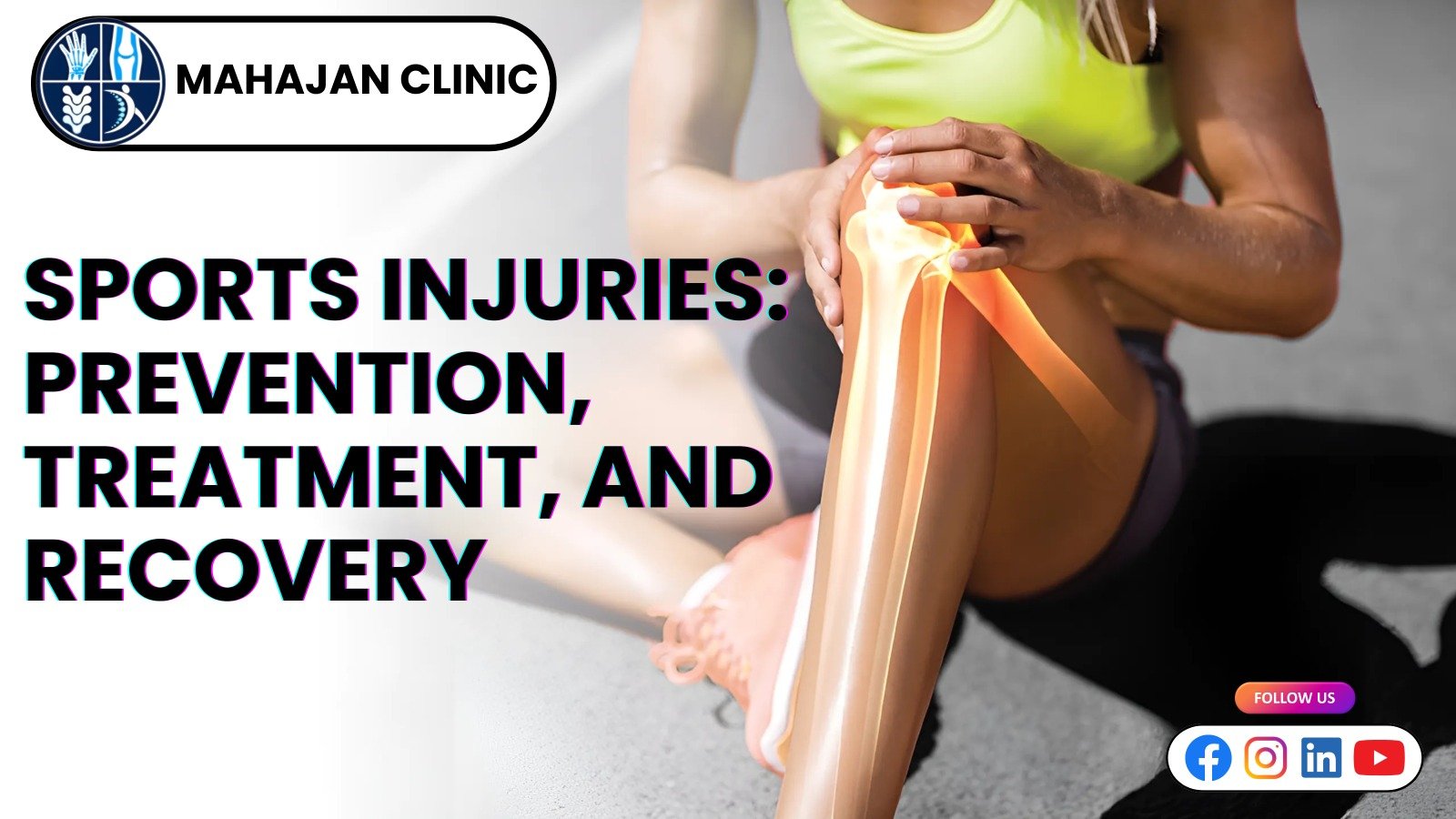Blog Details
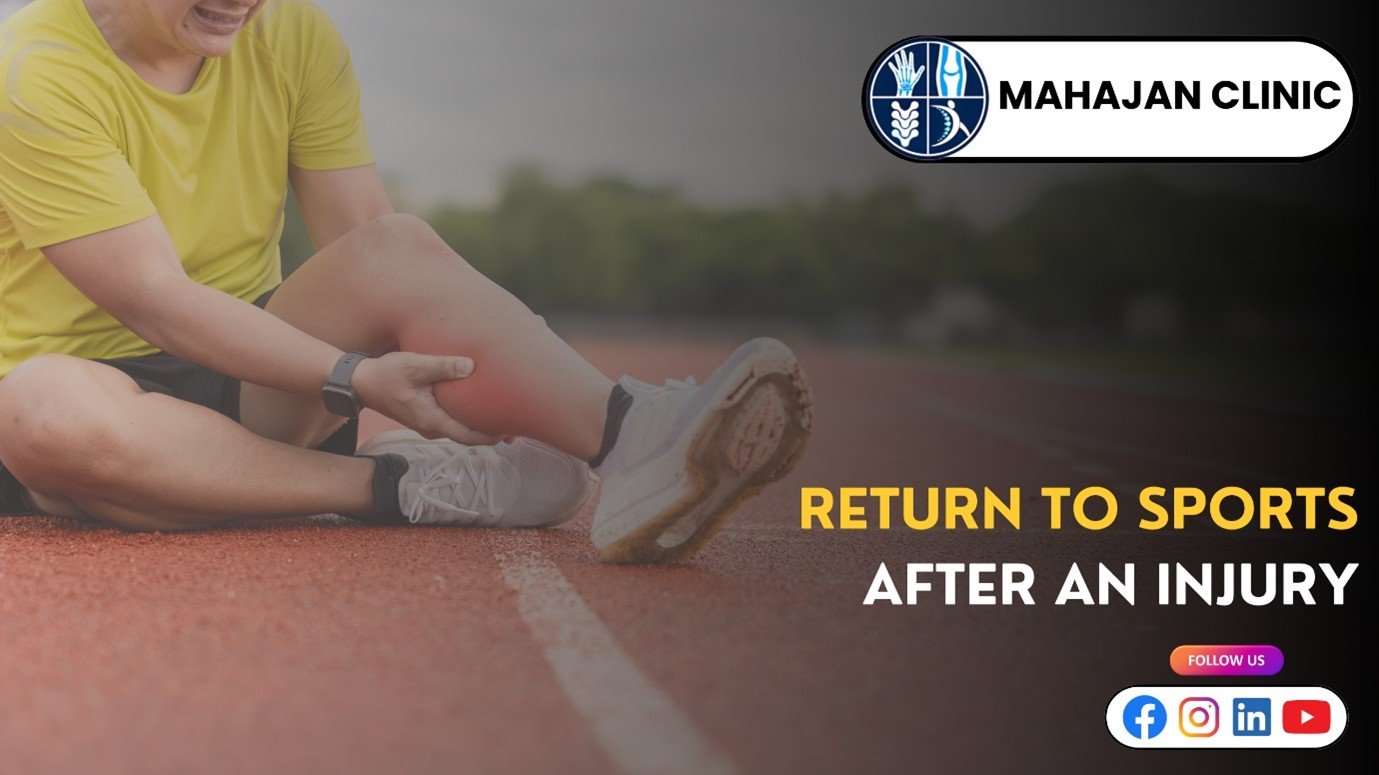
How to Safely Return to Sports After an Injury
Returning to your favourite sport following an injury is frequently a momentous occasion that involves both celebration and caution. Although there are risks associated with making a hasty return, many athletes and fitness enthusiasts have a strong desire to do so. A guided, gradual, and informed process that honours the body's healing timeline is essential for a successful return, according to Dr. Rakesh Mahajan at Mahajan Clinic. Knowing how to safely recover from injuries like a stress fracture, sprained ankle, or torn ligament can mean the difference between sustained performance and recurrent setbacks.
We will cover essential sports injury recovery tips designed to support your comeback with confidence and care.
Know Your Injury, Know Your Limits
Understanding your injury completely is the first step to a safe return. All too frequently, athletes resume their activities as soon as their symptoms go away, not realizing that internal tissues might still be healing. Pain is not the only indicator; it is only one.
Consult your orthopaedic specialist or physiotherapist before starting any sport again.
- Has the affected area regained full strength and stability?
- Is your range of motion comparable to the uninjured side?
- Can you complete basic functional tasks pain-free?
When the pain subsides, rehabilitation continues. Before reintroducing high-impact or sport-specific movements, tissue healing, neuromuscular recovery, and appropriate biomechanics must be completely restored. These examinations serve as the basis for all trustworthy sports injury recovery tips.
Phase-Wise Recovery: Respect the Timeline
There is no one-size-fits-all approach to recovery, nor is it linear. Although each injury has its own stages, the recovery period typically consists of the following:
- Acute Phase (first few days): Prioritize protecting the injury and lowering inflammation. Steer clear of aggravating activities and use R.I.C.E. (Rest, Ice, Compression, Elevation).
- Sub-Acute Phase: Mobility and range-of-motion exercises start out gently. There should be less pain and less swelling.
- Rehabilitation Phase: You begin to regain your endurance, strength, stability, and balance.
- Reintegration Phase: Go back to exercises, skills, and eventually competitive play that are specific to your sport.
A common mistake made by athletes is to skip the reintegration phase. When you feel 80–90% ready, it's tempting to return to full training, but that final 10% is crucial.
Sports Injury Recovery Tips to Follow During the Return
Rebuilding from the ground up is one of the best strategies you can implement following an injury. Here are some fundamental ideas to bear in mind when you return:
- Start Slow, Go Gradual
Start with low-impact exercises like swimming, stationary cycling, or controlled bodyweight motions. These restore blood flow and movement without putting undue strain on healing tissues. - Restore Symmetry
Rest or rehabilitation may have strengthened your uninjured side. Prioritize restoring symmetry in your strength and flexibility, especially in the affected joint or limb. - Rebuild Movement Patterns
Practice controlled exercises that replicate movement in the game. These include directional changes, cutting, pivoting, and jumping, all of which get increasingly more intense. - Add Resistance and Load
Gradually increase the resistance once you feel comfortable performing bodyweight exercises. Avoid starting your pre-injury volumes or weights too soon. - Include Balance and Coordination Work
Your body's capacity for coordination and balance may be impaired following an injury. Proprioceptive training, balance boards, and single-leg stance exercises are crucial.
These sports injury recovery tips help you reduce compensation, avoid new injuries, and gradually return to full athletic performance.
Psychological Readiness: Don’t Overlook It
The mental side of getting back into sports can be just as difficult as the physical side, which is frequently overlooked. Hesitancy, lack of confidence, and fear of re-injury are common—and perfectly normal.
You can deal with this by:
- Visualizing successful, pain-free movement
- Setting realistic, short-term performance goals
- Practicing mindfulness or guided relaxation before training
- Working with a sports psychologist, if available
Regaining your body's trust takes time. Honor minor victories and refrain from immediately comparing your present skill level to your pre-injury state.
Use of Protective Gear and Form Correction
Injuries can occasionally be caused by bad habits as well as bad luck. Examine your posture, movement patterns, and form before you resume sports. Recurrent injuries are frequently caused by poor biomechanics or repetitive strain.
Depending on your health, you could gain from:
- Joint braces or compression garments
- Custom orthotics for foot alignment
- Taping techniques for added joint support
- Technique correction from a coach or physical therapist
These are components of a well-thought-out comeback plan, not crutches. Additionally, they are frequently suggested as a component of professional sports injury recovery tips.
Preventing Re-Injury: Long-Term Maintenance Matters
Returning is only one step, let's face it. The important thing is to stay in the game. To prevent getting hurt again:
- Warm up and cool down thoroughly before and after sessions.
- Maintain a mix of strength, flexibility, and endurance in your training.
- Avoid overtraining by giving your body time to recover between intense sessions.
- Listen to early warning signs—don’t ignore swelling, pain, or stiffness.
- Schedule periodic check-ins with a sports physiotherapist, especially if you’ve had a major injury.
Include adequate nutrition, sleep, and hydration in your recovery arsenal as well. When you get enough sleep and nourishment, your body heals more effectively.
When to Say “Not Yet”
Waiting a little while longer is sometimes the best course of action. After an activity, your body might not be prepared if you feel sudden pain, unsteadiness, mental hesitancy, or obvious swelling. Months of hard work can be undone by returning too soon.
Don’t see this as a setback, it’s a smart adjustment. Making wise progress is always more important for a safe return than exerting more effort.
Final Summary
It's not necessary for your comeback tale to be hurried. Returning to sports after an injury can be safe, empowering, and long-lasting with a methodical, patient approach and professional guidance. Putting into practice consistent sports injury recovery tips can significantly enhance your long-term athletic health, from early rehabilitation to complete reintegration. As Dr. Rakesh Mahajan at Mahajan Clinic emphasizes, the true triumph is not merely returning to the field, but remaining there with greater strength, intelligence, and fortitude than before.
